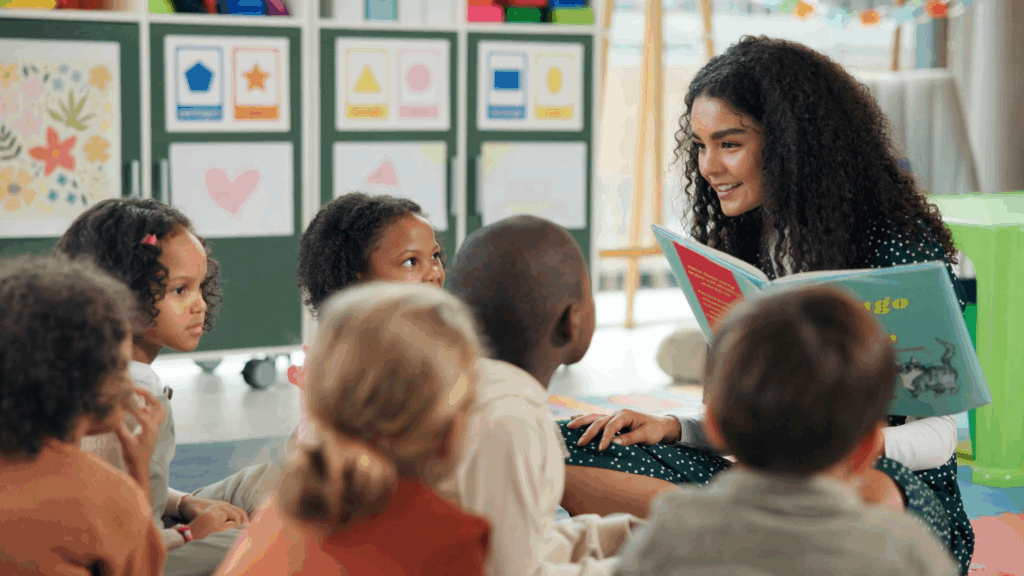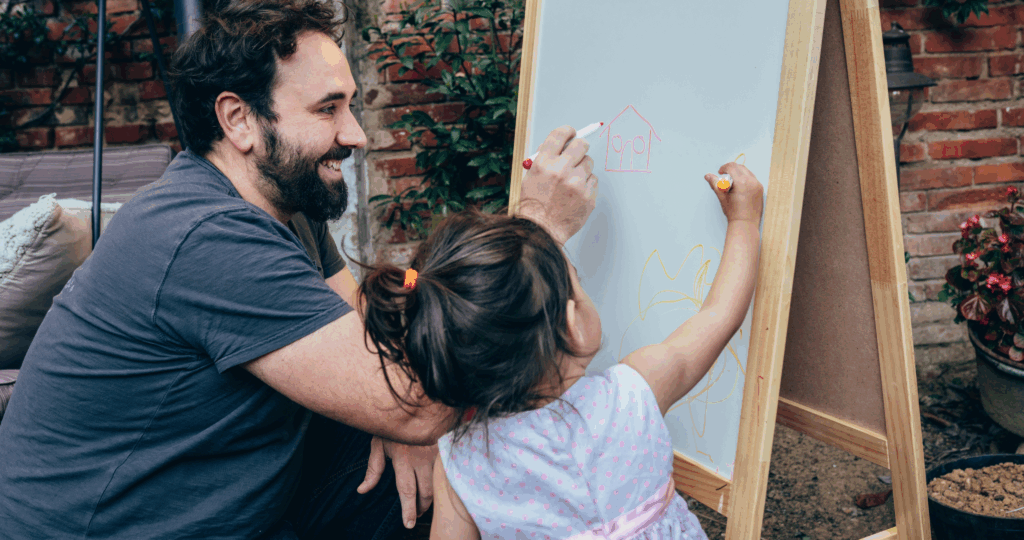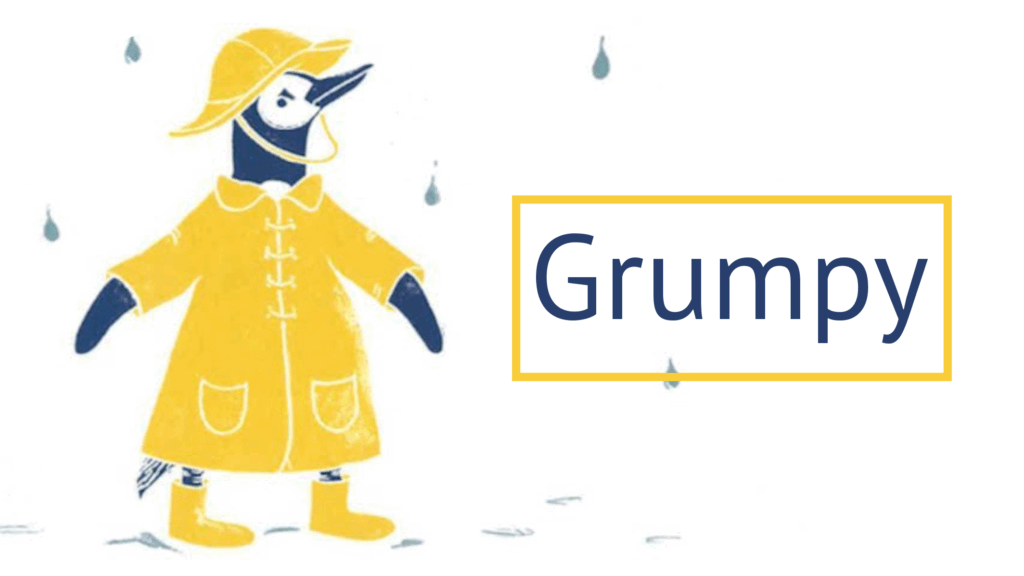There are various tools to help children develop literacy skills and learn to love reading. A SEEDS favorite is the repeated read-aloud.
What is a Repeated Read-Aloud?
The repeated read-aloud is a reading of the same book over consecutive days of the week, often related to the current unit theme. Each reading involves a different instructional focus. The lessons are dialogic, offering an interactive exchange as the educator pauses during reading to ask questions, encouraging children to share their thoughts and observations about the story.
“How do you think this character is feeling? What do you think will happen next?” Questions like these can help build children’s sequential thought process and social-emotional skills.

Comprehension, listening, and speaking skills are developed during these informal discussions, while gaining initial awareness of the story or topic. When necessary, background knowledge is provided before a text is read. Connecting the subject to children’s real-life experiences and integrating their culture enhances learning and encourages all children to engage.
The repeated read-aloud activity also helps with advancing social skills. Children learn to listen to one another’s comments and opinions, to take turns, and respect one another’s time to share. Think, Pair, Share is a technique that works well in a large group, whole-class setting. Partners share their thoughts and exchange ideas with each other, after which one or two volunteers share with the class.
Shared Writing Experiences
Related to the repeated read-aloud, educators and students compose text together during shared writing experiences. After soliciting ideas from the children, the educator acts as the scribe and illustrator, encouraging input along the way, and thinking aloud about what is being drawn and written. A sense of ownership and collaboration is fostered during these sessions, honoring and valuing children’s ideas. This fun activity develops foundational skills, including print awareness (understanding that written language has meaning), phonemic understanding (being able to hear, identify, and use individual sounds in spoken words), and concept of word (matching spoken words to written words).

Scheduling Repeated Read-Alouds
What can a repeated read-aloud schedule look like?
Day One
The educator discusses the roles of author and illustrator. They may touch on various components of books and print, such as what is on the front and back covers. Children make predictions about the story based on what they can see from the cover and perceive from the title. Guessing and anticipating builds excitement and directly engages children before the reading even begins. Then the educator reads the story, pausing to gain reflections from the children using Strive for 5 conversations.
Day Two
The second day begins with a review of day one. (“Do you remember…?”) The educator will again read the story while the children listen and together they discuss. This time inferences may be made about the characters’ feelings, relating text to the children’s lived experiences and emotions. Making inferences helps future readers move beyond the literal to a deeper understanding of texts.
Day three
Day three follows the pattern of the first two days. This time the educator encourages the children to make more connections between the characters or situations to themselves, and to their own lives. Children have the opportunity to compare and contrast by asking, “Does this sound like a story you’ve heard before?” “How is this story different?” “How is it the same?” Afterwards, using text and illustration, the educator and children contribute to creating a shared writing composition.
Depending upon the children’s learning stages, various scaffolding techniques may be employed throughout the sequential repeated read-aloud days. These may include telling the story in the educator’s own words, describing the illustrations, and asking children to describe what they see using props, acting out the story, or encouraging children to retell the story in their own words.
Engaging family members is always encouraged. At home, caregivers may read the book, introduce or reinforce using the vocabulary words, or encourage children to tell them the story.
Enriching Vocabulary
Each day of the repeated read-aloud includes opportunities to focus on vocabulary. Vocabulary cards containing pictures and text are used to highlight words contained within the story. The educator invites discussion by using prompts, or sentence starters.
For instance, in the book, “Grumpy Pants,” Penguin feels grumpy until he jumps into a nice, cold bubble bath. If the vocabulary word is “grumpy,” an educator might prompt the children with, “Have you ever felt grumpy?” and “When have you felt grumpy?” They can go on to consider opposites and synonyms, as well as discover similar words with slight differences in meaning.

By introducing words through vocabulary cards and through multiple readings that follow a theme, children are much more likely to understand these new terms and their meaning. Children are more likely to use a new word if they have heard the term 3-5 times (Collins, 2005).
Conclusion
Repeated read-alouds are an opportunity for children to learn to love reading while developing strong oral language and conversational skills. Multiple readings of the same book allow children to connect with the story, relating the characters and narrative to their own lives. Similar to adults discovering something new each time they re-read a favorite book or novel, repeated read-alouds help children better understand a narrative while absorbing the illustrations more thoroughly.
“Each time the same story is read aloud, the child’s connection with the story grows.”
References
Collins, M. F. (2005). ESL Preschoolers’ English Vocabulary Acquisition from Storybook Reading. Reading Research Quarterly, 40(4), 406–408. http://www.jstor.org/stable/4151659.
Diamant-Cohen, B., Prendergast, T., & Estrovitz, C. (2013). Repeat after Me! Repetition and Early Literacy Development. Children and Libraries, 11(2), 20-25. Retrieved from https://www.ala.org/sites/default/files/alsc/content/NI14Handouts/RepeatAfterMe.pdf
Related Reading:
Early Literacy Predictors – Oral Language
Audio Download–SEEDS: A Professional Learning Framework
Quality Interactions in Early Childhood: 5 Essential Building Blocks
SEEDS of Learning Professional Learning Framework
DOWNLOAD SAMPLES
